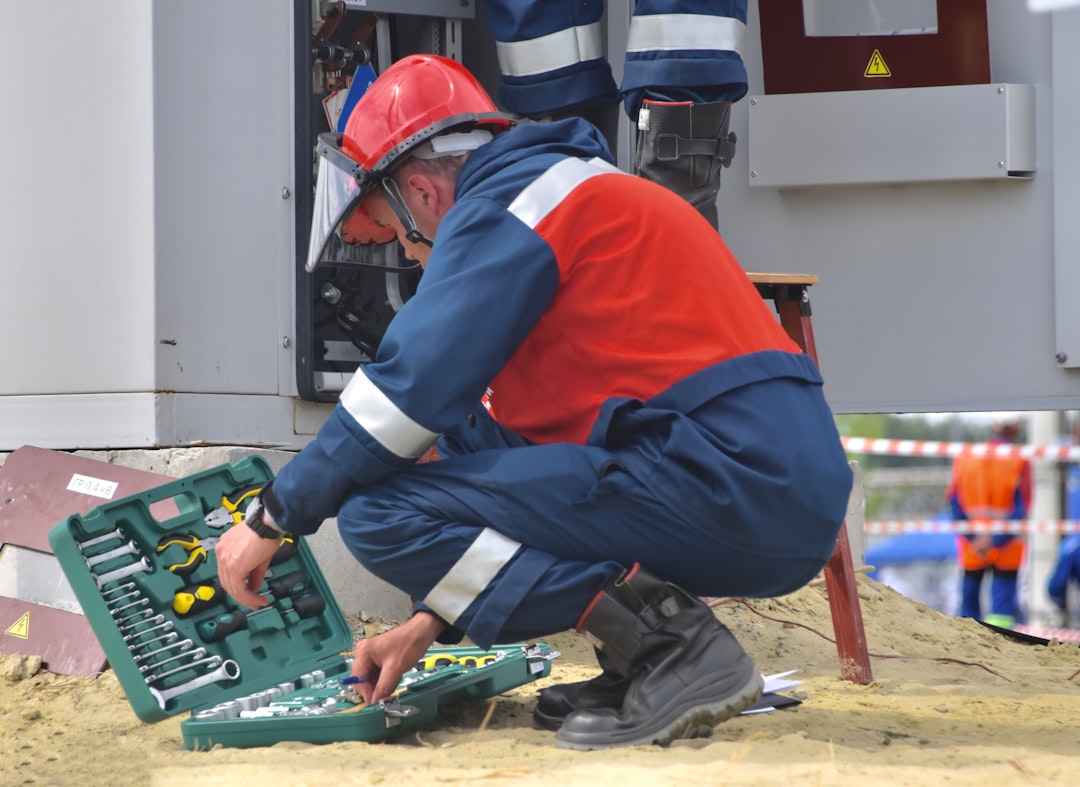How to Achieve Maximum Success with

In the competitive world of ecommerce, pricing intelligence software has become an essential tool for businesses to stay ahead of the curve. With the ever-changing market trends and consumer behavior, it’s crucial for ecommerce businesses to adjust their pricing strategies accordingly. Pricing intelligence software helps businesses to monitor and analyze their competitors’ prices, optimize their pricing, and make data-driven decisions.
Ecommerce businesses operate in a highly dynamic environment where prices fluctuate rapidly. Your competitors can change their prices multiple times a day, and if you’re not aware of these changes, you risk losing sales and revenue. Pricing intelligence software enables you to track your competitors’ prices in real-time, identify pricing trends, and adjust your prices accordingly. By doing so, you can ensure that your products remain competitive and attractive to potential customers.
Effective pricing strategies are critical to ecommerce businesses. Your pricing strategy can make or break your business, as it directly impacts your revenue, profitability, and competitiveness. A well-planned pricing strategy helps you to differentiate your products, create a perceived value, and attract price-sensitive customers. Pricing intelligence software provides you with valuable insights into your competitors’ pricing strategies, enabling you to make informed decisions about your own pricing.
One of the key benefits of pricing intelligence software is that it helps you to optimize your pricing. By analyzing your competitors’ prices, you can identify opportunities to increase your revenue and profitability. For instance, if you find that your product is priced lower than your competitors’, you can consider increasing your price to maximize your revenue. Conversely, if your product is priced higher than your competitors’, you may need to adjust your price to remain competitive.
Pricing intelligence software also helps you to identify pricing trends and patterns. By analyzing historical pricing data, you can identify seasonal fluctuations, price wars, and other trends that may impact your business. This information enables you to make informed decisions about your pricing strategy and adjust your prices accordingly. For example, if you notice that your competitors’ prices tend to increase during peak seasons, you can adjust your prices to remain competitive.
Moreover, pricing intelligence software provides you with a comprehensive view of your competitors’ pricing strategies. You can analyze your competitors’ prices across different product categories, geographies, and channels. This information helps you to identify gaps in the market and opportunities to differentiate your products. By doing so, you can create a unique selling proposition and attract customers who are looking for specific products or services.
Another significant benefit of pricing intelligence software is that it helps you to automate your pricing decisions. With the help of AI and machine learning algorithms, you can automate your pricing processes and adjust your prices in real-time. This enables you to respond quickly to changes in the market and stay ahead of your competitors. Automated pricing also helps you to reduce manual errors and ensure that your prices are accurate and consistent across different channels.
Furthermore, pricing intelligence software provides you with valuable insights into your customers’ behavior. By analyzing your competitors’ prices and customer reviews, you can identify patterns and trends that impact your customers’ purchasing decisions. This information enables you to create targeted pricing strategies that resonate with your customers and drive sales. For instance, if you notice that your customers are highly price-sensitive, you can adjust your prices to attract more customers.
In today’s fast-paced ecommerce landscape, pricing intelligence software has become a must-have tool for businesses. It provides you with real-time insights into your competitors’ prices, helps you to optimize your pricing, and enables you to make data-driven decisions. By leveraging pricing intelligence software, you can stay ahead of the competition, drive sales, and increase revenue. Whether you’re a small ecommerce business or a large enterprise, pricing intelligence software can help you to achieve your business goals.
In conclusion, pricing intelligence software is a powerful tool that can help ecommerce businesses to succeed in a highly competitive market. By providing real-time insights into competitors’ prices, optimizing pricing, and enabling data-driven decisions, pricing intelligence software can help businesses to drive sales, increase revenue, and stay ahead of the curve. As the ecommerce landscape continues to evolve, pricing intelligence software will become an essential tool for businesses to remain competitive and achieve their goals. Your business can benefit from pricing intelligence software by making informed pricing decisions, identifying opportunities to increase revenue, and staying ahead of the competition. Effective use of pricing intelligence software requires ongoing monitoring and analysis of market trends, but the benefits it provides can be substantial.
 “Keeping Your Ride Running Smoothly: A Guide to Des Moines Auto Repair”
“Keeping Your Ride Running Smoothly: A Guide to Des Moines Auto Repair”
